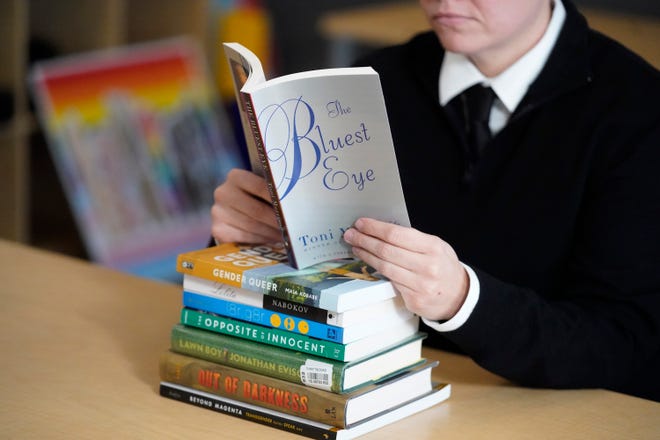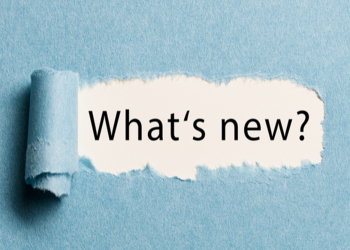- Book bans and challenges doubled from 2020 to 2021, according to the American Library Association.
- LGBTQ books account for one third of all attempted bans.
- Some conservative politicians are leading the charge.
- Libraries are fighting back and expanding access to books.
Banned books are not new, but they have gained new relevance in an escalating culture war that puts books centering racism, sexuality and gender identity at risk in public schools and libraries.
A dramatic uptick in challenged books over the past year, and an escalation of censorship tactics, has regularly put book banning efforts in news headlines. Would-be book banners argue that readers can still purchase books they can no longer access through public libraries, but that is only true for those with the financial resources to do so. For many, particularly children and young adults, schools and public libraries are the only means to access literature.
Fact check:James Patterson said white men face ‘racism’ in publishing. What do book sales say?

What is a book ban?
When a book is successfully “banned,” that means a book has been removed from school curriculums and/or public libraries because a person or group has objected to its content.
An attempt to get a book removed is called a challenge. Most public schools and libraries have boards made up of elected officials (or people appointed by elected officials) who have the power to remove books from the schools and libraries they oversee.



























































